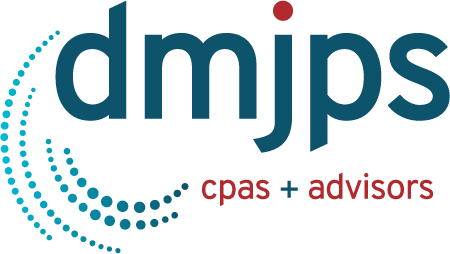On December 29, 2022, President Biden signed the Consolidated Appropriations Act (CAA) of 2023 into law. The bill appropriates approximately $1.7 trillion for fiscal year 2023 and makes several significant changes to the Internal Revenue Code (IRC). The new tax laws are intended, in part, to help people increase their retirement savings. For example, this part of the bill amends the IRC to delay the age at which people must begin taking retirement account distributions. It also expands the availability of certain types of retirement accounts. Another part of the bill takes aim at a tax deduction commonly used as a tax shelter. Read on to learn more about the CAA’s provisions.
Overview of the Consolidated Appropriations Act of 2023
The funds provided by the CAA include nearly $800 billion in non-defense spending. The bill divides appropriations into 12 categories, based on the 12 appropriations subcommittees in the U.S. House of Representatives which include categories such as, defense, homeland security, energy and water development, transportation and housing, and interior and environment.
SECURE 2.0 Act
Congress passed the original Setting Every Community Up for Retirement Enhancement (SECURE) Act in 2019. The House of Representatives passed a bill that builds on that law’s improvements, the Securing a Strong Retirement Act (SSRA), in early 2022. The Senate passed a different bill, the Enhancing American Retirement Now (EARN) Act.
Congress combined elements of the SSRA and the EARN Act to create the SECURE 2.0 Act, found in Division T of the CAA. Its provisions include the following:
- Raises the age for the first required minimum distribution (RMD) from traditional IRAs and other plans from 72 to 73 effective January 1, 2023, and to 75 as of January 1, 2033
- Reduces the penalty for failing to take an RMD from 50% to 25%
- Allows a qualified charitable distribution (QCD) of up to $100,000 per year as an RMD after age 70½
- Provides for automatic enrollment of certain employees in new 401(k) plans, with opt-out provisions
- Expands the availability of qualified longevity annuity contracts (QLACs)
- Allows employers to make matching contributions to 401(k) and SIMPLE IRA plans based on employees’ student loan payments after January 1, 2024
- Beginning in 2025, reduces the length of time part-time employees must have worked to be eligible for 401(k) plans from three years to two
- For employers with no more than 50 employees, provides a tax credit equal to 100% of the cost to establish a retirement plan
Conservation Easement Program Integrity Act
Section 170(h) of the IRC allows a charitable deduction for donations of real property to a tax-exempt organization for the purpose of conservation. The IRS has claimed that this provision has led to the use of conservation easements as tax shelters. Promoters of these easements offer inflated appraisals of property, resulting in taxpayers taking larger deductions than they should.
The Conservation Easement Program Integrity Act, found in § 605 of Division T of the CAA, attempts to close this loophole. The charitable deduction will not be allowed if:
- The donation comes from a pass-through entity, such as a partnership; and
- The deduction claimed by the taxpayers is greater than 2.5 times each partner’s basis in the pass-through entity.
Some exceptions apply, such as when the partnership has held the property for at least three years before the donation.
If you have any questions or would like additional information about the new bill, please contact DMJPS.
